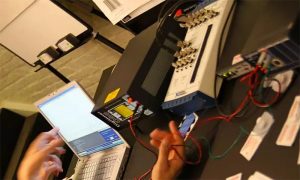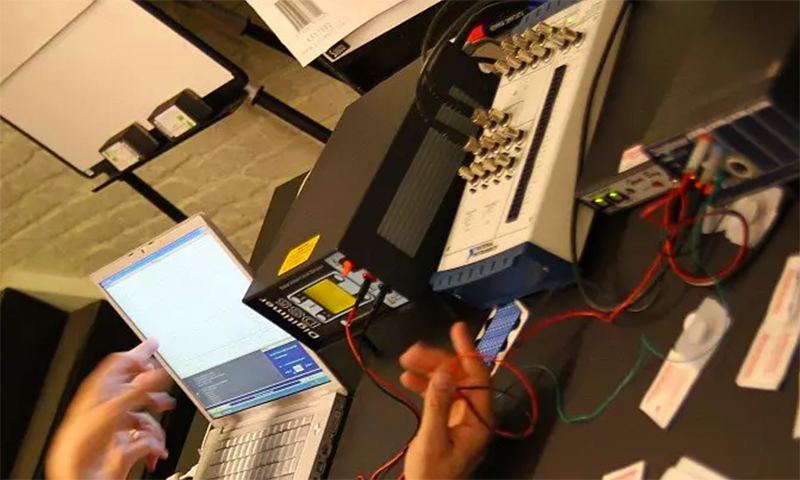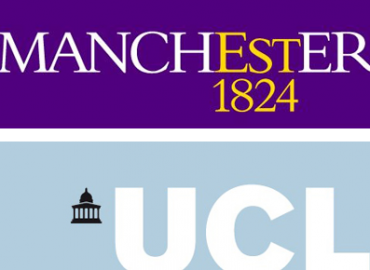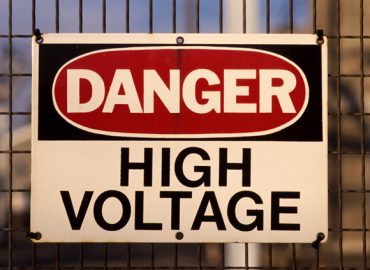2019 Nerve & Muscle Excitability Training Courses
Hands-on Workshop – Neurophysiological Methods in the Assessment of Neuropathic Pain in Humans
In 2019 Digitimer will be supporting two educational training events related to the field of nerve and muscle excitability. The first will take place during the 7th International Congress on Neuropathic Pain (9th May, London).
“In this workshop we will try to demonstrate different neurophysiological approaches to understand the physiology and pathophysiology of pain-related structures along different territories of the somatosensory system. The demonstration will include the primary nociceptor by having an actual recording of nerve traffic from single nerve fibres along a peripheral nerve in an awake volunteer through microneurography. On a second station the attendees will experience the diagnostic method of conventional nerve conduction and also nerve excitability to predict an underlying mechanism behind some neuropathic symptoms. The attendees will have the opportunity to practice the methods that explore the nociceptive pathway from the receptor to the brain through pain-related evoked potentials. Finally, live cortical excitability changes induced by transcranial magnetic stimulation will be experienced by the attendees and understand the analgesic mechanisms provided by this technique.”
The workshop will be led by Mario Campero, MD; Jordi Serra, MD; Andreas Themistocleous, MD, PhD; Hatice Tankisi, PhD; Giorgio Cruccu, MD; Luis Garcia-Larrea, MD, PhD and Daniel Ciampi de Andrade, PhD. Registration can be made via the congress website.

Hands-on Teaching Course on Nerve and Muscle Excitability Studies, including MScan MUNE
On 5th June, further training in nerve and muscle excitability techniques will be available during a one day workshop held at the European Clinical Neurophysiology Conference in Warsaw, Poland.
“Nerve excitability testing is a non-invasive method of obtaining information about the resting potential and activity of axonal voltage-gated ion channels in vivo, which cannot be achieved by conventional electrophysiological methods. Nerve excitability testing has helped in understanding disease pathophysiology and diagnosis of several neurological disorders. The field has recently been expanded, as the technique has been adapted to muscle membrane, and as the software now comprises a novel method for motor unit number estimation (MUNE), so-called MScanFit MUNE (MScan). Muscle excitability testing has proved of particular interest in muscle channelopathies and critical illness myopathy. MScan is quick and simple to use, and has been shown to be more reproducible than more traditional MUNE methods. MScan has also been found to be more sensitive in detecting motor unit loss in Amyotrophic Lateral Sclerosis. The aim of this course is to provide basic theoretical and practical knowledge for the participants on nerve and muscle excitability testing and MScan MUNE.”
Speakers:
- Hugh Bostock, A little history and introduction to the TROND protocols.
- Peter Grafe, Examples of TROND protocols in pharmacological studies.
- James Howells, An introduction to mathematical modelling of axonal excitability.
- Werner Z´Graggen, Muscle excitability testing: methodology and clinical perspectives.
- Hatice Tankisi, MScan MUNE- Methodology and clinical perspectives.
Organised by Hatice Tankisi, this workshop will feature lectures by experts in the field and be followed by practical demonstrations and an opportunity for participants to practice the techniques on each other in small groups. Registration may be made via the congress website.
Digitimer will be supporting both events with loaned equipment for demonstration purposes and will be exhibiting during the whole of both congresses.



